- Home
- slideshows
- miscellaneous
- Here's how wireless phone chargers compare to regular chargers - and how to choose the right one
Here's how wireless phone chargers compare to regular chargers - and how to choose the right one
How wireless charging works:

There are some upsides to adopting a wireless charger.
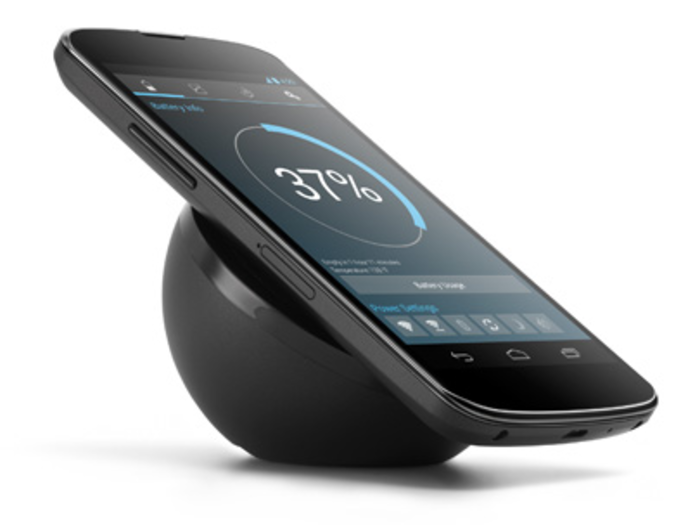
First, the obvious draw: They're generally easier to use. While plugging in your phone is by no means a difficult maneuver, a wireless charger lets you simply place your phone on a stand or a mat and immediately begin charging. It's also easy to check notifications or send a text message and then place your phone right back down on the charger, without having to fiddle with any cords.
Additionally, a wireless charger frees up your phone's cable port. With the death of the headphone jack, many phone users have to choose between charging their phone or using a dongle for their headphones. With a wireless charger, you can keep your dongle or headphones plugged in while still recharging the battery.
Some wireless chargers also double as a phone stand, meaning you can take a hands-free approach to watching videos, video chatting with friends, or just keeping track of your notifications.
However, there are a few downsides as well.
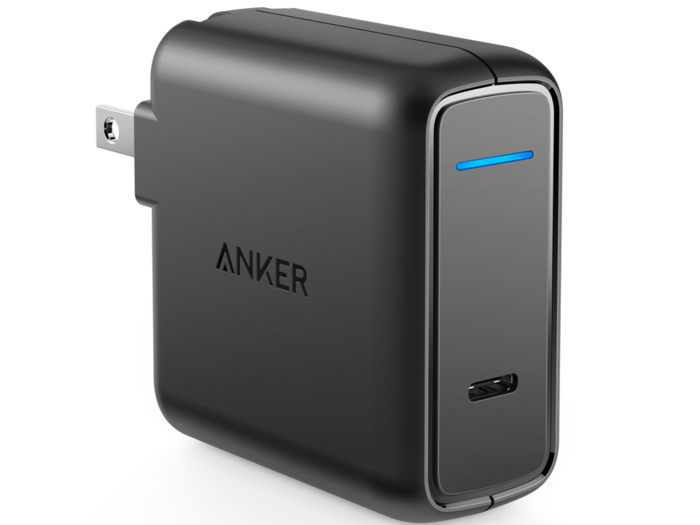
One of the more obvious differences between wired and wireless charging is the total charge time. While this depends on the wattage of your outlet adapter, wireless charging is generally going to be slower than wired charging — the wireless technology just isn't quite as efficient yet. Some wireless chargers are capable of "fast" charging with a higher-wattage outlet adapter, but it still won't be as fast as a wired fast-charging system.
You'll also lose some mobility with a wireless system, as you're limited to the location of the charging pad itself, rather than only being limited by the charging wire. Most people end up placing their wireless charging pad on a night stand next to their bed, their work desk, or a table.
Most wireless chargers, and phones, will be Qi certified.
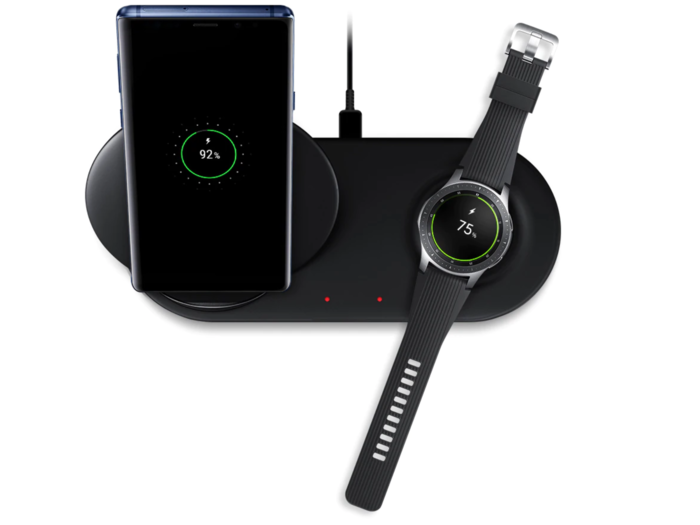
This is an industry standard for wireless charging, and all the major phone manufacturers use this designation. If you see "Qi certified" on a wireless charger, and your phone supports wireless charging, it's pretty likely that the two are compatible. But be sure to check any wireless charger you're interested in to ensure it's intended for use with your phone model, however.
So now that you're ready to pick out a wireless charger, how do you choose?

This is where it can get difficult — there are tons of wireless chargers on the market right now. Most of them look almost exactly the same, and it's hard to immediately tell what the differences are.
The first thing you want to consider is the type of phone you have. Some manufacturers have optimized their phones for different amounts of power — so you could end up buying a wireless charger and power adapter that's more powerful than what your phone needs, meaning you likely wasted some money on additional wattage.
iPhones are capable of wireless charging up to 7.5 watts, and Androids, depending on the manufacturer, are capable of receiving up to 15 watts. It's best to consult your phone's manual to see its wireless charging wattage capabilities, and keep in mind that not every wireless charger comes with a fast-charging power adapter, so you might need to buy one separately.
If you're not worried about super-fast charging speeds, a 5W charger will get the job done.
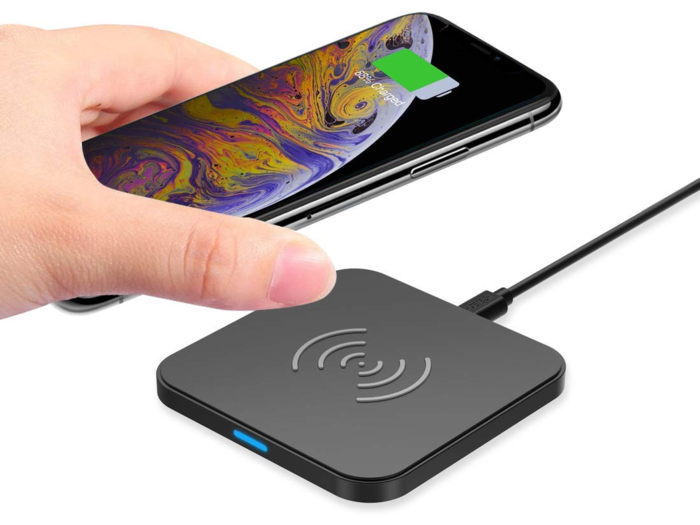
These will generally be the cheapest models, and they're likely to work with most phones. Since you're only outputting 5W, you won't need a special power adapter, and you can use your regular charging brick or USB input.
This CHOETECH 5W wireless charger is one of the most-reviewed models on Amazon in its price range, and only costs $12.99.
With an iPhone, you can use up to 7.5W of charging power — so there's not much of a reason to buy anything more powerful than that.
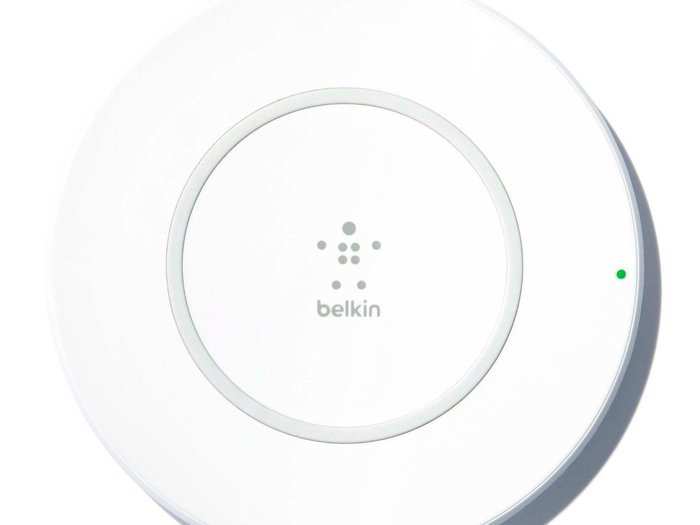
For iPhone owners looking for the fastest wireless charging option, go with a 7.5W model (and first make sure your iPhone is capable of wireless charging in the first place). The Belkin Boost Up Qi Wireless Charging Pad is designed for iPhone, and puts out 7.5W of charging power, but there are plenty of other options.
Certain Android phones are capable of up to 15W wireless charging — but you'll need a compatible power adapter for wattage that high. Most chargers advertise the highest power at 10W.
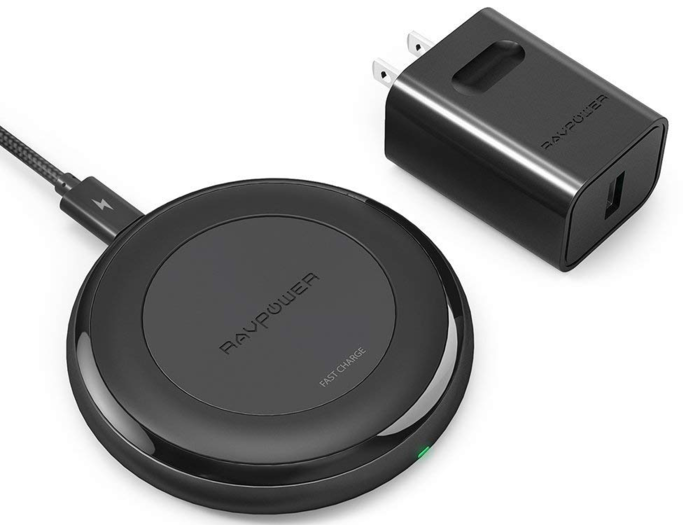
The RAVPower Fast Wireless Charger ($39.99) is capable of charging at 10W with the included power adapter.
The Belkin Boost Up wireless charger ($44.95) is capable of charging at 15W.
If you want to prop your phone up for extra visibility with your wireless charger, there are plenty of options for that as well.
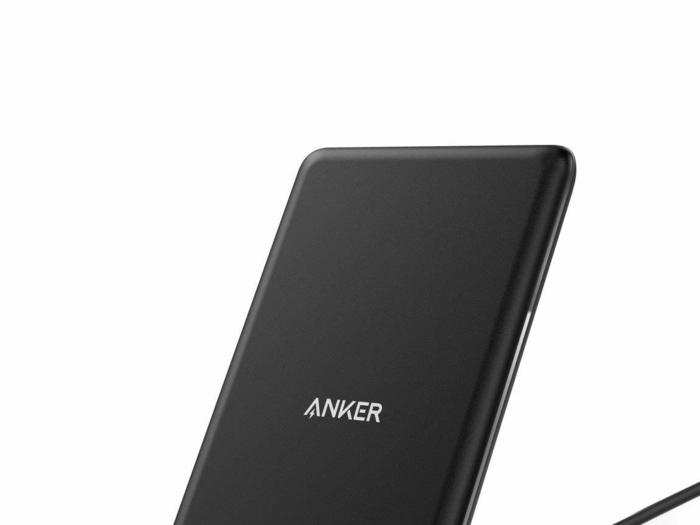
This Anker wireless charger ($19.99) serves as a phone stand as well, so you can orient your phone horizontally or vertically while charging. It's good for keeping your phone's screen in sight while it's on your desk, or for those that use their phone as a bedside clock or alarm.
Popular Right Now
Popular Keywords
Advertisement